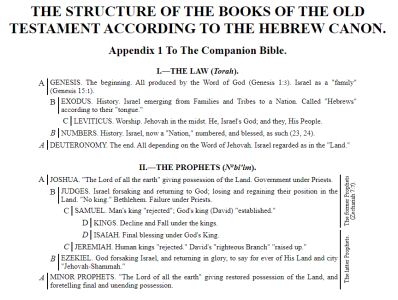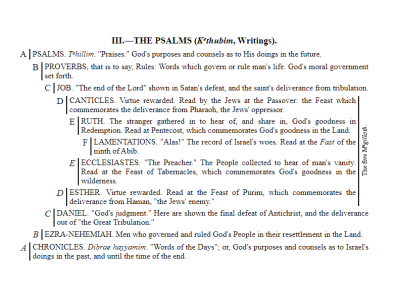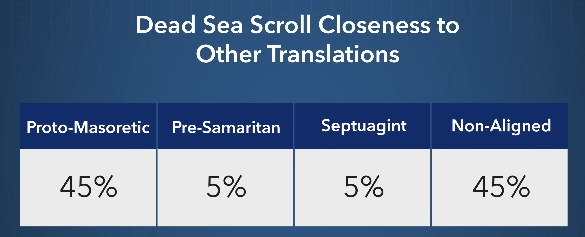Diserner
Active Member
Please take the time to learn about what exactly the Greek OT is here.
Takeaways:
1. There is not one single uniform Greek OT, there are many multiple separate translations from different times.
2. The earliest complete books are found after 300 CE, before that are only a few sparse fragments.
3. The Dead Sea Scrolls have fragments that support both the Greek and Hebrew streams of text, not just one.
4. A translation into an entirely different language necessarily produces some inaccuracies and paraphrase.
5. The extant Greek OT almost always includes the Apocrypha which only the Catholic and Orthodox today consider inspired.
6. Either Hebrew or Greek can potentially contain the authentic reading, and it is not universal across the board.
Takeaways:
1. There is not one single uniform Greek OT, there are many multiple separate translations from different times.
2. The earliest complete books are found after 300 CE, before that are only a few sparse fragments.
3. The Dead Sea Scrolls have fragments that support both the Greek and Hebrew streams of text, not just one.
4. A translation into an entirely different language necessarily produces some inaccuracies and paraphrase.
5. The extant Greek OT almost always includes the Apocrypha which only the Catholic and Orthodox today consider inspired.
6. Either Hebrew or Greek can potentially contain the authentic reading, and it is not universal across the board.



